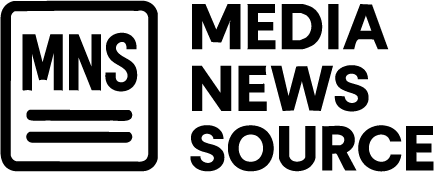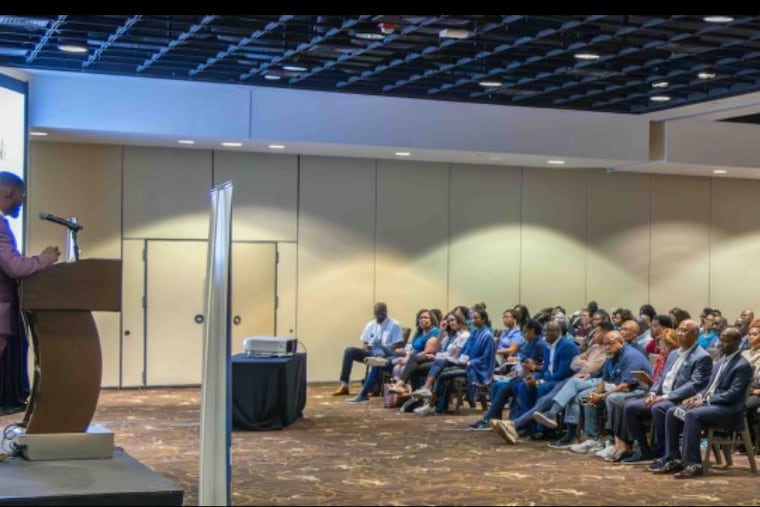Neighbors in Los Angeles collect and share data on fire contamination to support their insurance claims amid disputes.
In the wake of the devastating Eaton wildfire that swept through the Los Angeles area just three months ago, many residents face a daunting challenge. Those whose homes were spared from the flames are struggling with the aftermath, grappling with the potential contamination from smoke that may have carried harmful toxins such as lead, asbestos, and heavy metals into their properties. Despite the urgency of the situation, homeowners report difficulties in persuading their insurance companies to conduct necessary environmental testing.
Nicole Maccalla, a resident in Altadena, described her experience navigating the complex claims process with her insurer, USAA. Following significant damage to her home—where embers burned through parts of her roof and left her living space covered in soot and debris—she sought contamination testing. Initially assured by an insurance adjuster that testing would be covered, Maccalla found her claim rejected after submitting results from an approved testing company, which the adjuster claimed only catered to homes with substantial damage. This highlights a growing issue where homeowners feel they are caught in a relentless cycle of denials and appeals, waiting anxiously for responses from their insurers.
In response to concerns about contamination, Maccalla and other community members formed Eaton Fire Residents United, a grassroots initiative aimed at pooling resources for environmental testing. Their collaborative effort has led to the development of an online map revealing elevated lead levels in all 81 homes tested so far. This initiative also assists residents in convincing their insurance companies to approve testing and remediation when they otherwise might not.
The stark reality facing residents is compounded by the fact that insurance policies often lack comprehensive coverage for smoke damage. Reports from other recent wildfires indicate increased levels of heavy metals and harmful chemicals that pose long-term health risks. Despite the warnings and the overt risks, insurance companies have yet to standardize testing protocols for these contaminants, leading to further disputes over coverage.
California’s Insurance Commissioner has emphasized the importance of thorough investigations into smoke damage claims, urging companies to recognize that proper testing may be necessary to assess potential harm. However, many homeowners continue to encounter significant hurdles, and the confusion surrounding insurance policies adds to their distress.
Local authorities, including the Los Angeles County Department of Public Health, are currently tracking environmental testing, but most assessments focus on outdoor contamination. The Federal Emergency Management Agency has announced it will not undertake widespread environmental testing, leaving residents to navigate this complex and challenging process largely on their own.
In light of the ongoing struggles, community leaders emphasize the need for clearer protocols and more supportive measures from both government agencies and insurance companies. Many residents express frustration over the lack of financial support for testing, while community-wide ignorance about the risks of contamination continues to be a pressing concern, particularly for families with children. As these homeowners work to reclaim their living spaces and ensure the safety of their families, the fight for support and fair treatment from their insurers continues.
The urgency of these issues underscores a need for systemic change in how such environmental challenges are handled within the insurance framework, paving the way for better disaster response and recovery practices in the future.







